Computer technology has come a long way with more significant changes and advancements over time. These changes and advancements are categorized into different generations of computers . Every generation of computers has witnessed substantial progress in terms of hardware, architecture, specification, and performance.
Among these generations, the third generation of computers gave birth to new machines that completely changed how people would compute and process data. It utilized integrated circuits (ICs) as the core technology, which replaced room-sized computers and a bit smaller than them into compact ones.
This generation also witnessed the birth of microprocessors, which made it possible to develop robust and energy-efficient machines.
Without any further ado, let us continue this article further and dive deeper into different aspects of the third generation of computers.
Third Generation of Computers: Overview
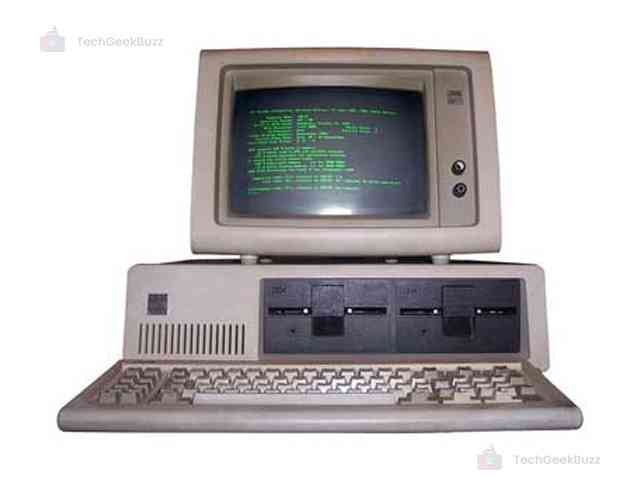
The third generation of computers spanned between the middle of the 1960s to the early 1970s. Unlike first and second generations, which used vacuum tubes and transistors, third-generation computers were powered by integrated circuits (ICs).
An integrated circuit, which is very small in size, was the reason for the compact size of third-generation computers. Computers with ICs had fast computing speeds and were more reliable and energy-efficient. Also, they generated less amount of heat and required less maintenance. However, they were a little expensive and required a cooling system.
Furthermore, this generation of computers was not only available for large organizations or companies but also for individual users. They dramatically reduced the time required for computation from microseconds to nanoseconds.
Previous generations of computers used punched cards for input. A punched card required users to code instructions by punching the holes and inserting the card into computers for input. This entire process was cumbersome and time-consuming. However, third-generation computers eliminated this process by introducing keyboards and mice as input devices .
There was also the introduction of time-sharing and multiprogramming operating systems, along with remote processing. Writing programs in high-level languages, such as PASCAL, FORTRAN-II, BASIC, ALGOL-68, and COBOL, was possible.
What is an Integrated Circuit (IC)?
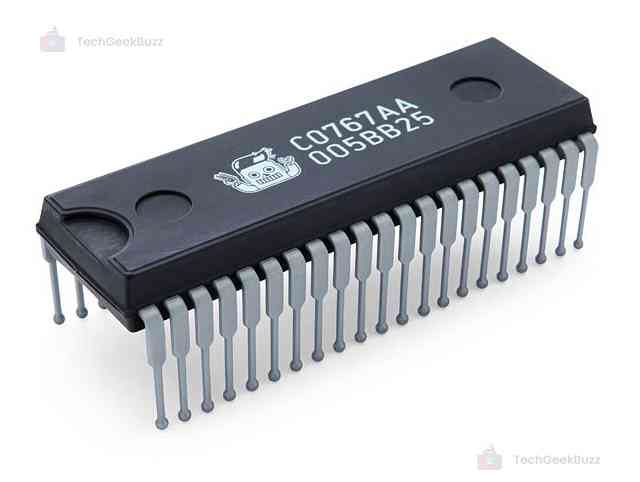
An integrated circuit (IC) is a small semiconductor chip hosting thousands and millions of transistors, resistors, capacitors, and diodes. It is also commonly known as a chip or microchip.
In other words, we can say that an IC is an integrated system consisting of multiple miniaturized and interconnected components on a semiconductor material.
This versatile chip can function as an amplifier, timer, counter, oscillator, microcontroller, or microprocessor. It is a basic building block of every electronic device.
A common, everyday example of an IC is a computer processor. It consists of millions and billions of transistors, capacitors, logic gates, and many other components.
Characteristics of the Third Generation of Computers
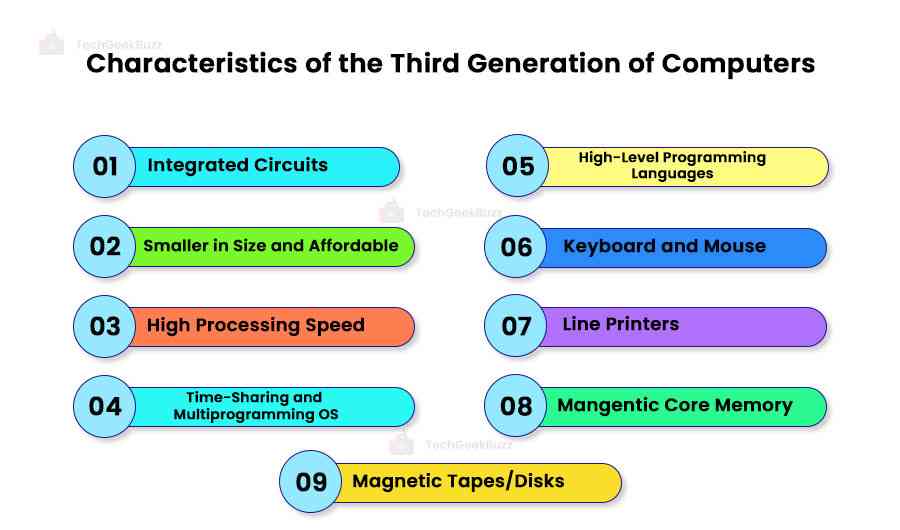
The following are the major characteristics of the third generation of computers:
-
Integrated Circuit (IC)
The use of integrated circuits (ICs) or microchips makes the third generation of computers stand out from its predecessors. The millions of integrated transistors, resistors, diodes, and capacitors make computers more reliable and versatile, increasing their computational power and efficiency.
-
Smaller in Size and Affordable
The compact and miniature size of ICs has drastically reduced the size of the computers of the third generation. These computers consumed little space, unlike their predecessors. Additionally, they were affordable to individual users.
-
High Processing Speed
The use of integrated circuits and microprocessors helped third-generation computers considerably improve processing speed. Microprocessors are like complete CPUs on a single chip. Hence, they became the brain of computers then. They executed instructions at a greater speed.
-
Time-Sharing and Multiprogramming OS
The third generation of computers saw the birth of multiprogramming and time-sharing operating systems.
Time-sharing OS allows multiple users to interact with a computer simultaneously. It splits a computer’s processing time into small intervals and allocates them to specific users.
Multiprogramming OS enables the execution of multiple programs simultaneously. The operating system switches between these programs and executes a block of code, each at a time.
-
High-Level Programming Languages
The third generation of computers used and supported high-level programming languages , such as COBOL, FORTRAN-II, PASCAL, BASIC, and ALGOL-68. This made it possible for programmers to develop applications more efficiently and quickly.
-
Keyboards and Mice
The third generation of computers also witnessed the rise of keyboards and mice, ubiquitous today with a personal computer. These input devices have revolutionized how people would interact with computers of previous generations. They have improved the efficiency and ease of inputting data to computers.
-
Line Printers
A line printer prints one entire line at a time rather than character by character. It is a type of impact printer replaced primarily by laser printers in today’s era.
Line printers were popular output devices during the third generation of computers. They were popular for their high-speed and volume printing capabilities. However, they produced loud noises and vibrations during the printing.
-
Magnetic Core
Magnetic-core memory was the primary memory or main memory of the third generation of computers. Between 1955 to 1975, it was the dominant form of random access memory (RAM). Faster access time, greater reliability, and higher storage capacity make magnetic-core memory stand out from mercury delay lines and magnetic drums.
-
Magnetic Tapes/Disks
The third generation of computers used magnetic tapes and magnetic disks as secondary memory . A magnetic tape is a magnetic storage medium consisting of a narrow strip of plastic film with a thin, magnetizable coating. A magnetic disk is a circular, plastic disk coated with magnetic oxide.
Advantages and Disadvantages of the Third Generation of Computers
This generation of computers offered more advantages and a few drawbacks than its predecessors. Let us throw light on them below.
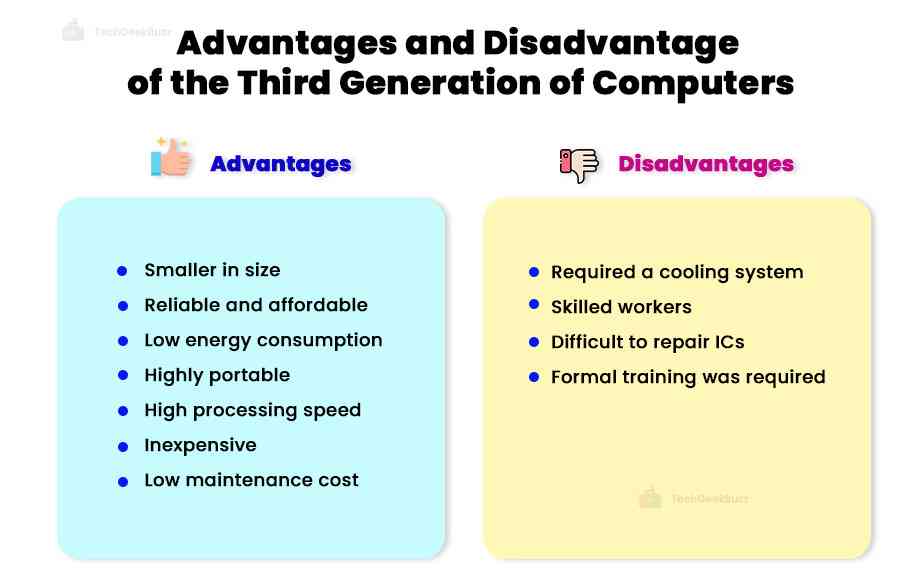
Advantages
- Third-generation computers were considerably smaller in size than their forerunners.
- They were more reliable and efficient.
- The energy consumption of low, which resulted in less heat dissipation.
- These computers were highly portable.
- Their processing speed was reduced from microseconds to nanoseconds.
- Magnetic storage devices allowed for better storage capacity.
- Keyboards and mice were introduced for easy input.
- Third-generation computers were more inexpensive than their predecessors.
- They were available for individual users.
- Maintenance cost was also very low.
Disadvantages
- Though ICs generated less heat than vacuum tubes and transistors, third-generation computers required a cooling system.
- Manufacturing of ICs required sophisticated technology and skilled workers.
- It was pretty difficult to repair ICs.
- Users required formal training on how to use computers.
Popular Examples of the Third Generation of Computers
Let us now explore some popular examples of the third generation of computers.
1. IBM System/360
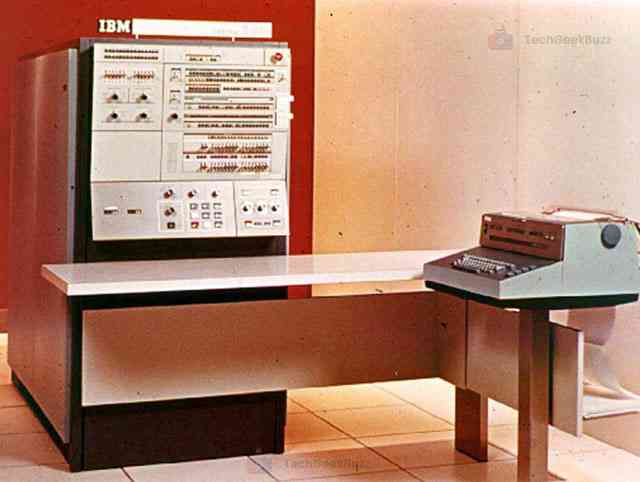
The first computer of third-generation is considered the IBM System/360, which is a family of mainframe computers. It was the first family of computers that supported the development of scientific and commercial applications and small to large applications.
IBM System/360 introduced IBM's Solid Logic Technology, which combined more transistors onto a circuit board. This made computers more powerful and efficient.
Model 30 was the slowest IBM System/360 model, executing 34,500 instructions per second. Model 91 executed upto 16.6 million instructions per second. Some larger models had 8 MB of main memory, which was unusual and more. However, many large models included the main memory of 256 KB, 512 KB, 768 KB, or 1024 KB.
Furthermore, this family of computers featured an OS/360 operating system. It provided several software tools, compilers, and utilities for fast and efficient data processing.
2. Honeywell 6000
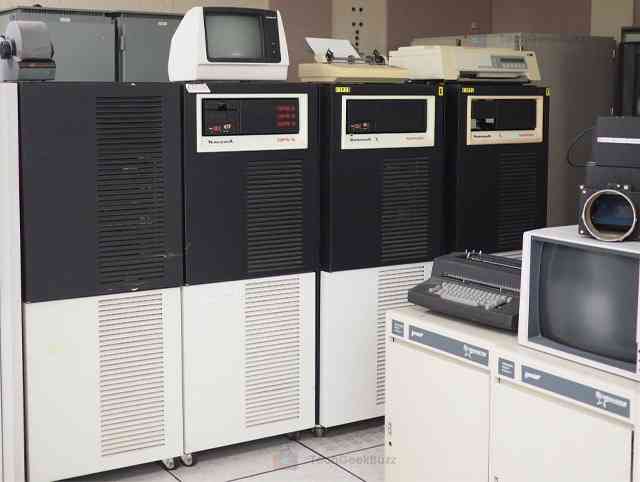
The Honeywell 6000 series is considered among the most popular computers of the third generation. It was the family of mainframe computers and descendants of the GE 600 series. It used a tightly-coupled multiprocessor with all CPUs sharing access to multi-port memory units.
Furthermore, all models of Honeywell 6000 used the same instruction set and 36-bit words. Most of this line of computers ran on General Comprehensive Operating System (GCOS). On the other hand, some models have the 'Appending Unit' (APU), which is extra hardware to implement the segmented single-level memory used by Multics.
Some smaller models of the Honeywell 6000 series include 6070, 6060, 6050, 6040, and 6030. Its low-end model was 6025, and the high-end model was 6080.
Conclusion
The third generation of computers was far better than the first and second generations. It incorporated contemporary innovations that addressed numerous issues with computers from earlier generations. Due to their smaller size and affordability, personal computers were more accessible to individual users and could be kept at home.
Third-generation computers still had significant shortcomings despite the addition of new functions. As a result, fourth-generation computers were released.
People are also reading:
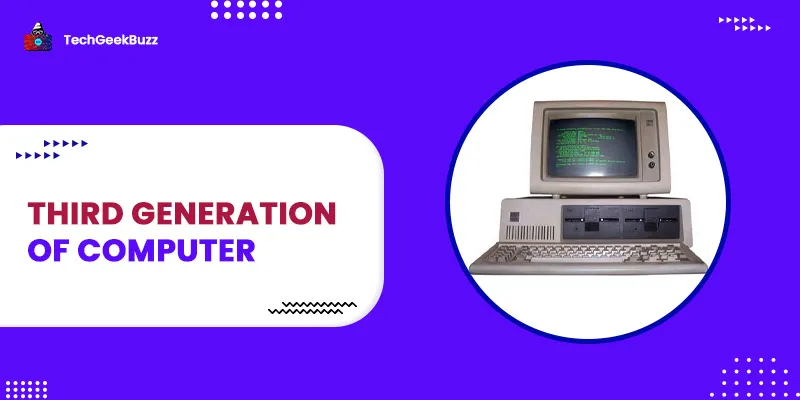

![What is an Assembler? [Definition, Working, & Types]](/media/new_post_images/What_is_Assembler.jpg)
![What is I/O? [Types, Examples, & Methods]](/media/new_post_images/What_is_I_O.webp)

Leave a Comment on this Post